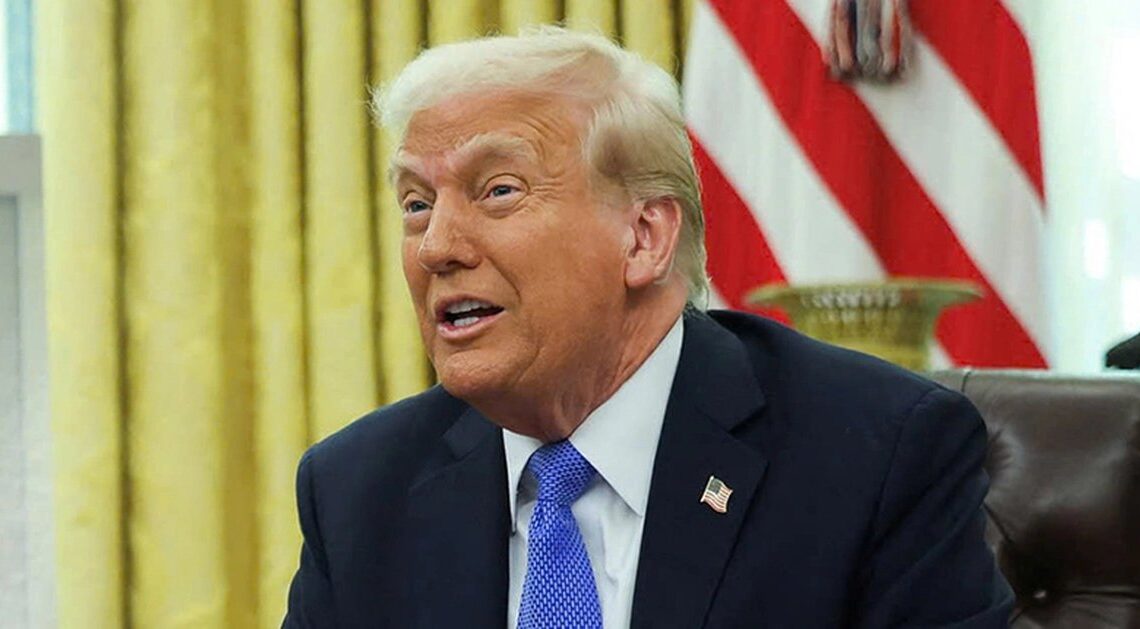In a move that has sent shockwaves through the public health community, the Trump administration has initiated mass layoffs affecting thousands of employees across key U.S. health agencies, including the Food and Drug Administration (FDA) and the Centers for Disease Control and Prevention (CDC). This decision, aimed at reducing government expenditure and streamlining operations, has raised significant concerns about the nation’s ability to respond to health crises and maintain essential public health programs.
**The Scope of the Layoffs**
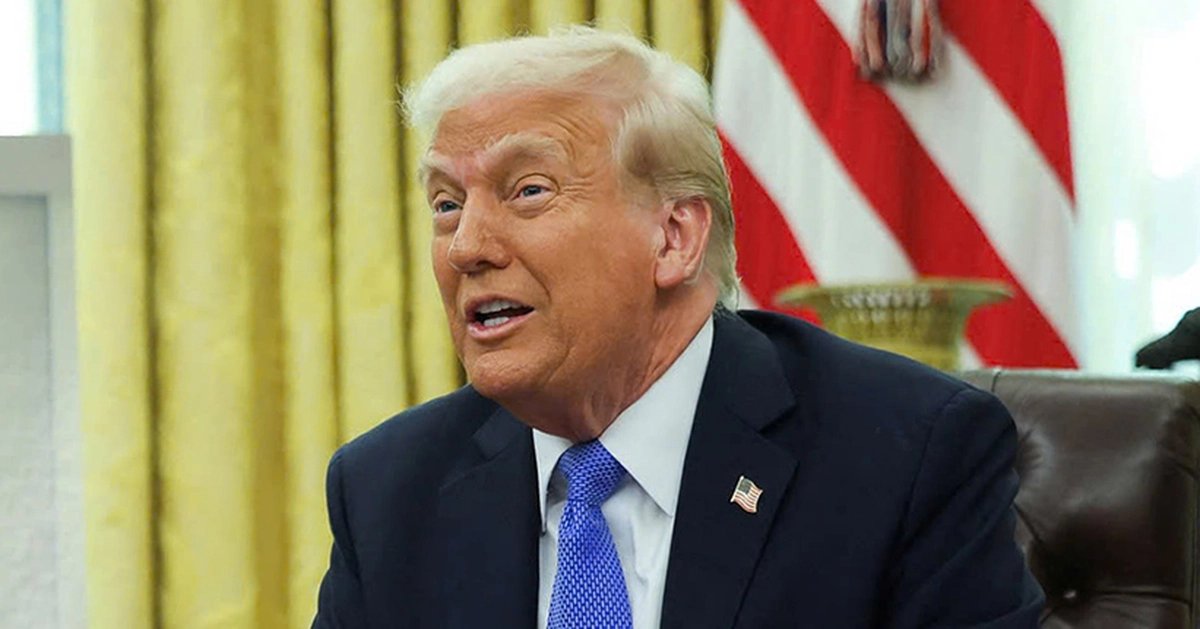
The Department of Health and Human Services (HHS) announced a reduction of 10,000 employees, effectively decreasing its workforce from 82,000 to 62,000. These cuts impact various agencies under the HHS umbrella, notably the FDA, CDC, and the National Institutes of Health (NIH). Health Secretary Robert F. Kennedy Jr. stated that this restructuring aims to save $1.8 billion annually and reduce inefficiencies within the department. (https://elpais.com/internacional/2025-03-27/el-departamento-de-salud-del-gobierno-de-trump-recortara-10000-empleos-para-ahorrar-costes.html?utm_source=chatgpt.com “”)
**Impact on the FDA**
The FDA, responsible for ensuring the safety and efficacy of drugs, medical devices, and food products, faces significant staff reductions. High-profile departures include Dr. Peter Stein, a top leader within the agency. Former FDA Commissioner Dr. Robert Califf expressed deep concern, stating that the FDA, as it was known, is essentially over. These layoffs have also led to a decline in pharmaceutical stocks, with major companies like Pfizer and Merck experiencing notable drops.
**Consequences for the CDC**
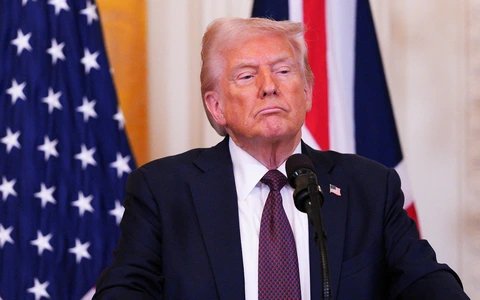
The CDC, central to the nation’s efforts in disease prevention and control, has seen layoffs across multiple divisions, including Environmental Health Science and Practice, Population Health, and HIV Prevention. These cuts threaten programs vital to public health initiatives, such as lead poisoning prevention and environmental health tracking. Experts warn that the reductions will lead to higher health risks and worse outcomes, particularly in states reliant on federal funding.
**Broader Implications for Public Health**
The layoffs extend beyond the FDA and CDC, affecting the NIH and other agencies crucial to public health research and response. Programs addressing maternal health, cancer research, and emergency preparedness are at risk. Critics argue that these cuts will undermine years of progress in public health and compromise the nation’s ability to respond effectively to health emergencies, including ongoing challenges like the measles outbreak and the spread of bird flu.
**State-Level Concerns**
States like Texas, which rely heavily on federal funding for public health programs, are bracing for the impact of these cuts. The reduction in grants and personnel is expected to hinder responses to public health crises, affect vaccination programs, and disrupt efforts to reduce drug overdose deaths. Federal funding has been instrumental in supporting epidemiologists, improving data reporting, and undertaking initiatives like wastewater testing and outreach vaccination campaigns.
**Criticism and Controversy**
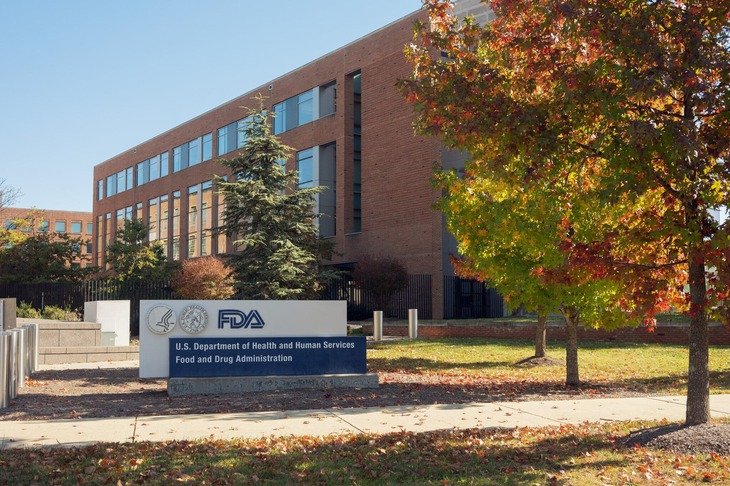
The administration’s decision has faced widespread criticism from public health professionals, former officials, and advocacy groups. Dr. Peter G. Lurie, President of the Center for Science in the Public Interest, stated that the cuts make a mockery of the ‘Make America Healthy Again’ slogan by arbitrarily decimating staff in key public health agencies. Concerns have been raised about the undermining of food safety, the handling of disease outbreaks, and the overall preparedness of the nation’s health infrastructure.
**Administration’s Justification**
Health Secretary Robert F. Kennedy Jr. defends the layoffs as a recalibration focused on disease prevention. The restructuring plan involves consolidating the current 28 divisions of HHS into 15 and closing five regional offices. The administration asserts that these changes will lead to a more efficient and effective department, better serving the American people.
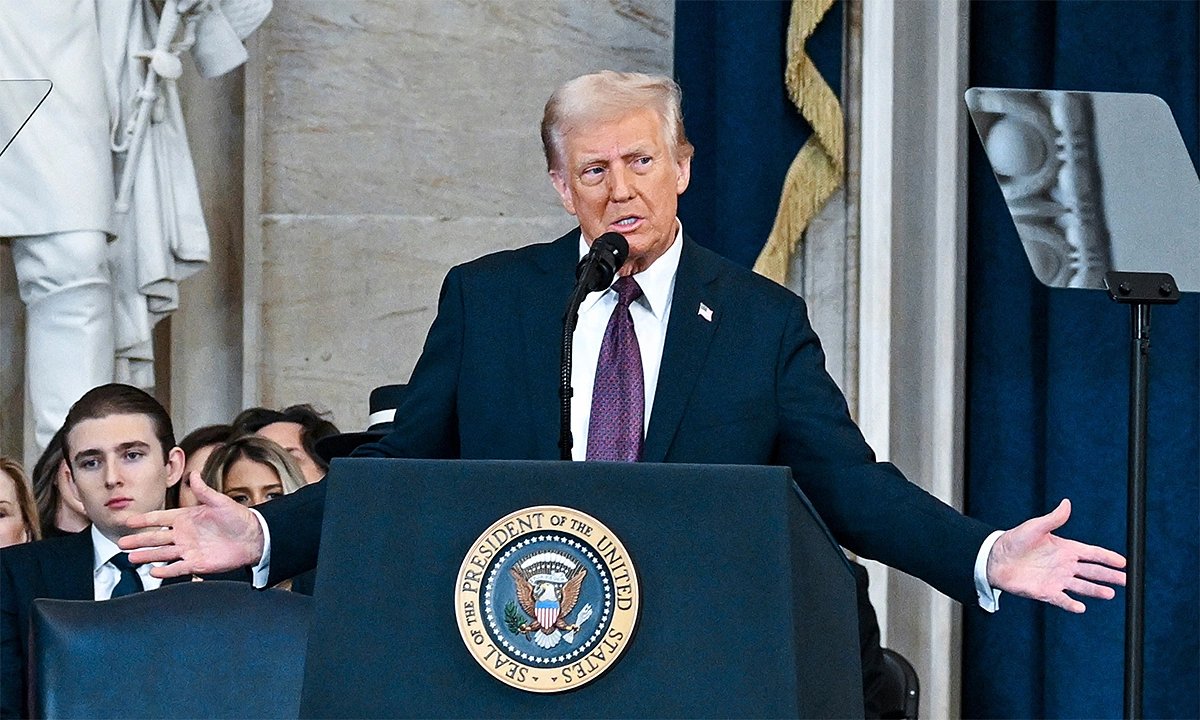
**Conclusion**
The mass layoffs at the FDA, CDC, and other health agencies represent a significant shift in the U.S. public health landscape. While the administration emphasizes cost-saving and efficiency, the potential consequences for public health preparedness and response are profound. As the nation grapples with ongoing and emerging health challenges, the impact of these cuts will be closely scrutinized by policymakers, health professionals, and the public alike.
